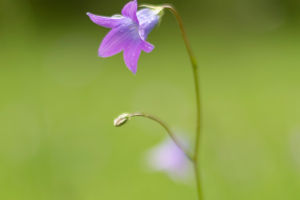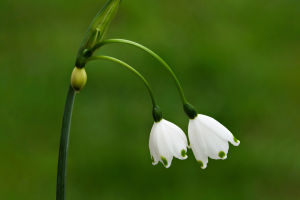Roses have long been a symbol of love, beauty, and mystery.
Their presence in film often transcends mere decoration, becoming powerful symbols that enrich the narrative and deepen the emotional resonance of a story.
Roses have a rich history of symbolism, often representing love and romance. This symbolism is deeply embedded in the language of cinema, where roses frequently appear as metaphors for complex emotions and themes.
In classic films like Gone with the Wind (1939), the rose symbolizes the enduring, albeit turbulent, nature of love. The film's protagonist, Scarlett O'Hara, is associated with roses throughout the story, reflecting her passionate, often tumultuous relationships.
In American Beauty (1999), roses are employed to represent the superficiality of suburban life and the complexities of desire.
The film’s protagonist, Lester Burnham, becomes increasingly obsessed with his daughter's friend, Angela, who is often associated with roses. This visual metaphor underscores Lester's struggle with his own desires and the disillusionment of his life.
Roses also serve as emotional anchors in films, providing a tangible representation of characters' internal states. In Beauty and the Beast (1991), the enchanted rose is central to the film's plot and symbolism.
Its wilting represents the Beast’s dwindling chance of breaking his curse, adding a layer of urgency and emotional depth to the narrative. The rose becomes a visual cue for the film's themes of redemption and transformation, encapsulating the story’s emotional core.
In The Rose (1979), the rose is not only the film's title but also a powerful symbol of the protagonist’s life and career. The film, inspired by the life of Janis Joplin, uses the rose to symbolize the fragility and beauty of the lead character’s existence.
The titular rose mirrors the character’s turbulent and tragic life, linking her public persona to her personal struggles.
In romantic films, roses often appear as tokens of love or as visual metaphors for the beauty and pain of romantic relationships. The Princess Bride (1987) features roses as symbols of true love and the beauty of its enduring nature.
The film’s iconic line, "As you wish," is associated with a rose, reinforcing the romantic themes and the depth of the characters' love for one another.
Conversely, in dramatic contexts, roses can represent themes of loss, betrayal, and the passage of time. In The Godfather (1972), the use of roses in the film’s opening scene, with a bouquet placed on a desk, symbolizes the intertwining of family loyalty and violence.
The rose’s presence underscores the complex and often brutal nature of the Corleone family’s operations.
Roses in cinema are more than just a visual flourish; they are potent symbols that enhance storytelling by adding layers of meaning and emotion.
Whether representing love, beauty, or the darker aspects of human nature, roses play a significant role in conveying the themes and emotional depth of films.
Their presence on screen enriches the narrative, allowing filmmakers to explore complex ideas through a simple, yet powerful, symbol.
As such, roses continue to be a beloved and enduring element in the language of cinema, proving that sometimes, the simplest symbols can carry the most profound messages.


